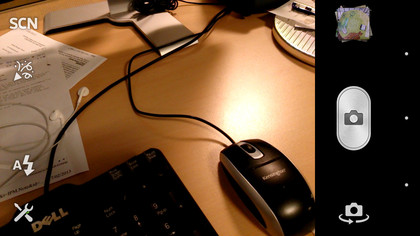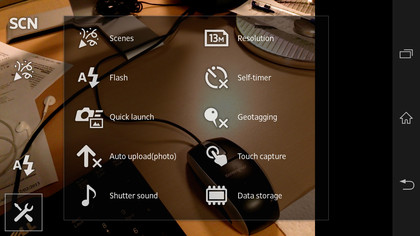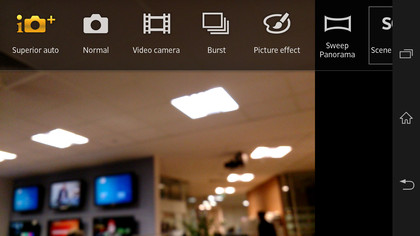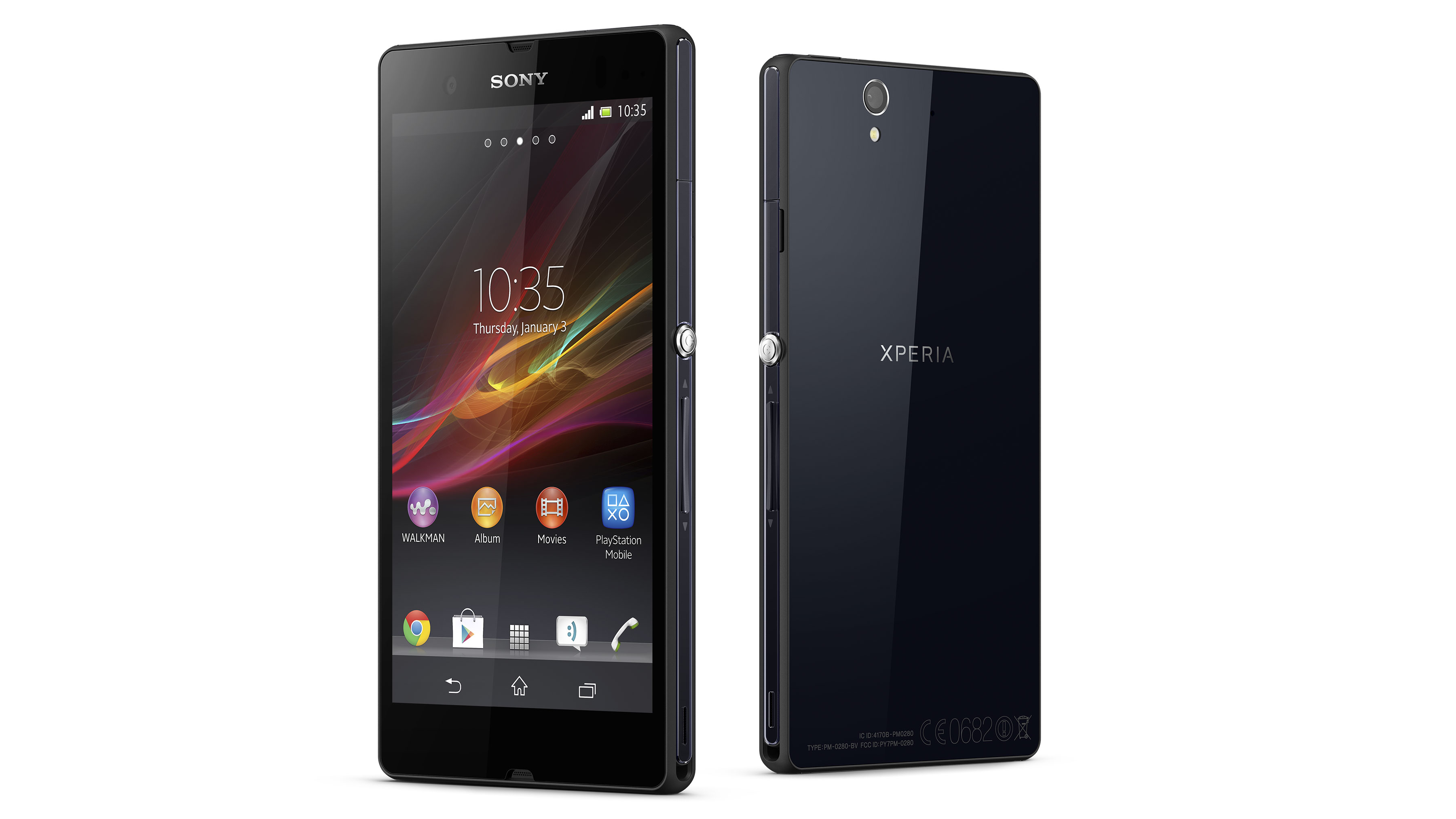Why you can trust TechRadar
Unlike its direct rivals, Sony has as much expertise in producing cameras as it does the sensors that go in them, so its phones were always going to stand out from the crowd in terms of their cameras.
The Sony Xperia Z's camera gives us 13 megapixel maximum resolution shots from an Exmor R low light sensor, as found in Sony's Cyber-Shot digital compacts and DSLRs. This is up from the 12MP of the olderSony Xperia S.
As expected, the camera part of the handset has an automatic focus and offers a built-in flash. There's also a front-facing two megapixel camera for those self-portraits too, up from a previous 1.3 megapixels, but that's probably not going to offer you your finest photographic hour. Travelling types are now also able to geotag their images via a built-in GPS facility that can be activated or deactivated as desired.
The positioning of the camera at the very top of the backplate and slightly left of centre, if the handset is held upright in your palm, means that shooting portrait orientation is easier with this one than turning it on its side to shoot in landscape format. If you do attempt the latter, fingertips can inadvertently stray in front of the lens.

Naturally, this being a phone, there is no optical zoom. Instead we get the image degrading digital zoom, here of the 16x variety, that crops the image to give the illusion that you've zoomed in. Zooming in or out is via a physical switch located next to the phone's power button, whereas taking photos or videos is now via a virtual on-screen shutter/record button.
But there are many other tricks carried over from Sony's Cyber-Shot compact cameras that are properly useful and worth having. As on the Sony Xperia S, we again get Sony's Sweep Panorama function that automatically stitches together a sequence of shots into one elongated image as you pan through any given scene - with the results pleasingly successful in terms of seamlessness.
High Dynamic Range (HDR) is also provided, which means that formerly tricky exposures such as a dark foreground and bright background - where you would either lose detail in the shadows or in the highlights as the camera metered on one or the other - are a thing of the past.
The HDR feature is provided for both 1080p HD video and stills, though you can sometimes be left with a rather flat or unreal-looking image as the camera tries to come up with a best of both worlds solution.

Those of us used to shooting with Sony's palm sized Cyber-Shot cameras will generally find much familiar here. As well as the above features we additionally get face detection, geo-tagging of images and built-in image stabilisation - which is handy, since a case of the shakes and resultant blurred images is always a possibility with a handset this shiny and slender.
We also get app-like picture effects, or digital filters in photographic speak. Automatic scene detection, smile detection and automatic image enhancing Superior Auto mode additionally feature, as in your camera proper.
Touch Focus, whereby you direct focus to a particular subject by tapping where it appears on the screen, which subsequently takes a shot, is another feature brought across from the camera world, and adds to the intuitive feel.
In full, the shooting modes comprise Superior Auto, Normal Auto, Front camera, picture effect (built-in digital filters), scene selection (pre-optimised settings for common subjects) and Sweep Panorama - so the sort of lineup you'll get from a regular Sony Cyber-Shot snapshot camera.

Add in object tracking autofocus alongside regular AF, and this is one of the most comprehensive camera options we've found on a smartphone. Sony is obviously showing off its imaging expertise.
While for low light shooting without flash we're provided with a range stretching from ISO 100 to ISO 1600 (ISO 800 and ISO 1600 being progressively noisy), the fact remains that the actual lens element of the Sony Xperia Z is tiny even compared to a cheap point and shoot digital camera, though you will pay a slight premium for one that is water-resistant and dust-proof with it.
A real bonus this time around, though, is that the camera's internal 16GB flash memory - half that of the Sony Xperia S, curiously - can be expanded with the addition of a removable microSD card of up to 32GB, the flash memory of choice for the modern smartphone.
We'd rather have been using one of Sony's actual Cyber-Shot cameras - such as the RX100 - for a much better all-round performance, but if you're stuck with just your handset, the Sony Xperia Z is one of the better fallbacks when it comes to imaging.
Sony's expertise in this area once again shows, with results from the Xperia Z being consistent from shot to shot in terms of colour, exposure and white balance. Just what you want from a device with which you're going to be pointing and shooting.
However for our money the automatic results from the HTC One hold detail better from shot to shot, while those from the Samsung Galaxy S4 offer more contrast, making even the Sony Xperia Z's images, while fine when viewed in isolation, look a tad washed out when re-examined alongside.

Click here to see the full resolution image

Click here to see the full resolution image

Click here to see the full resolution image

Click here to see the full resolution image

Click here to see the full resolution image

Click here to see the full resolution image

Click here to see the full resolution image

Click here to see the full resolution image

Click here to see the full resolution image
ISO shots

Full ISO 100 image, see the cropped (100%) versions below.

ISO 100 (Click here to see the full resolution image)

ISO 200 (Click here to see the full resolution image)

ISO 400 (Click here to see the full resolution image)

ISO 800 (Click here to see the full resolution image)

ISO 1600 (Click here to see the full resolution image)

Auto ISO (Click here to see the full resolution image)
